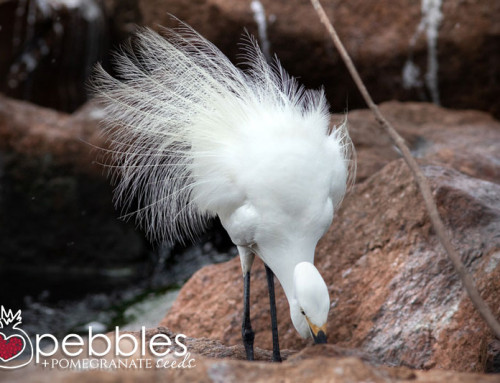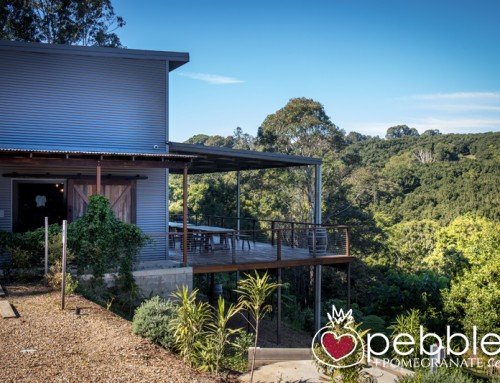The curing process has always been something that has intrigued me. Once upon a time it was a method of preserving food in the absence of refrigeration, and while it still very much a preservation technique, it has morphed into more of a novelty factor rather than a necessity. So, novelty factor fresh in my mind, I decided to have a little play with some fish curing methods.
When curing, the most important part of the process, is selecting your fish. It needs to be 100% fresh. So you are either going to be utilising fish that you have caught, or fish from a reputable supplier… sorry, but frozen or from the local supermarket is not going to cut it. It needs to be premium quality. That is why I prefer to buy whole fish. I can see the clarity of the eyes, and general condition of the fish, which can be a little hard to gauge otherwise. You don’t want to be curing fish, or serving it sashimi style if you are in any doubt as to the freshness… food poisoning is not a pleasant experience.
I had become a little infatuated with kingfish… in the way of sashimi, and thought this would be the perfect fish to experiment with. I did a basic trial run on salmon with salt and vodka, just to make sure that I wasn’t creating a food safety hazard and that I did have the fundamentals sorted and then went about sourcing some kingfish.
Now, on the Sunshine Coast, this is not as easy as it sounds, as it is not something that is commercially readily available. Generally they will try to sell you Cobia, which is Black Kingfish, and while it is quite a nice fish, it is not the same, and it is nothing… and I mean nothing, in comparison with Hiramasa Yellowtail Kingfish, the prize that I was ultimately after.
While wild caught kingfish are available seasonally, Hiramasa Kingfish is open sea farmed in the pristine clean waters just off the coast of South Australia, and it was the whisper that I had been hearing about.
Come to the rescue, Noosa Fish Providores (Noosaville), who sourced the Hiramasa from Clean Seas, a sustainable fishery (endorsed by the “Friends of the Sea”) in the Eyre Peninsula, South Australia, and I took possession of this incredible specimen to experiment to my heart’s content.
It is worth mentioning that Hiramasa Kingfish are a substantially sized fish – I think mine was about 4.5kg – so you will need a few other ideas up your sleave other than curing, as it is a lot of fish. I could easily have just purchased a fillet and still had ample to play with, but I wanted the whole fish – I like the idea of utilising the whole fish (nose-to-tail of sorts) and seeing ingredients in their complete ‘raw’ form.

Jason from Noosa Fish Providores gave me a quick lesson on filleting my fish, by way of a diagram (quite the artist!), which I was grateful for – it is not easy to manage such a big fish – I couldn’t even fit it on my chopping board, which in itself is quite large! While I did pay attention, and Jason’s instructions were very clear, I regret to say my knife handling and fish filleting skills leave a lot to be desired… I finished the task quite relieved all fingers were still attached and unscathed… just. A really sharp filleting knife will help… and so will a mesh glove (kidding – just be careful if you are as awkward in handling a knife and a BIG fish as I am).
I decided to keep 2 x 20cm fillets for curing, cut 4 portion sized fillets (for dinner), kept two prime shoulder pieces for sashimi (lunch – cook’s treat, and dinner – to share) and then cut away the head, tail and skeleton which I used to make up a big pot of fish stock – nothing was wasted. Oh… and I kept some skin pieces… it makes an awesome crackling!

And then the curing…
Essentially you are ‘salting’ your fish, as salt is really the key ingredient and ‘cures’ your fish as such, and I like using vodka as well – for curing – just to clarify. Vodka doesn’t really have a flavour so there is no risk of overwhelming the delicate flavour of the kingfish – although it would be worth having a play with a few other spirits as I am sure they would all produce interesting and varying results.
With salt and vodka as my base ingredients, I was keen to explore some different complementing flavours. I had come across quite a few recipes centring on salmon as the key ingredient, but kingfish is a little more delicate. It has a natural sweetness and not quite as oily as salmon, though it does have a natural oil content (good oil – Omega 3), which is what makes it perfect for curing. Again, I didn’t want to overwhelm the subtle flavour of the kingfish, but I was keen to try something different so I improvised and combined the key ingredients of a few different recipes to (hopefully) achieve the result I was looking for.
Eventually I decided on a beetroot, horseradish and vodka cure and a ground coffee and vodka cure. I have to admit, I felt I was taking a huge risk with the idea of using a coffee cure as there was not a lot of evidence to read about that this was in anyway at all a good idea and I was very possibly spoiling a premium piece of kingfish (not to mention wasting the vodka!). But sometimes you just have to try these things!!!

Preparing the cures is quite an easy process, and really only takes a few minutes, but you do have to wait a few days to sample the results. I cured both for a little over 48 hours, turning halfway through the process. And then the unveiling…
For recipes follow these links…
Beetroot, Horseradish and Vodka Cured Hiramasa Kingfish
Coffee Bean and Vodka Cured Hiramasa Kingfish
Well, let me just say they were both sensational.

The beetroot, horseradish and vodka one was pretty straightforward, so no surprises there. I had done a similar version with salmon, so knew what to expect. The horseradish gave a subtle bite which was a nice complement, the beetroot added sweetness and a very pretty magenta trim, which visually, had great impact *little squeal*.

The coffee and vodka cured one… where do I begin? Wow, what a surprise! I had no expectation what so ever – other than I may have just wasted a huge chunk of my beautiful fish. But it was incredible.
The coffee grounds gave the fish an almost smoky flavour and I am sure there was a hint of chocolate there somewhere. It was quite the taste sensation. Some may think chocolate is not a flavour that they would particularly like to discover in their fish, but it really worked. It was soft and luxurious… sublime is the word that best described it… highly recommended!
Probably the main point of difference that I noticed in the two curing recipes was that the beetroot version was a little moister than the coffee cured version. That is not to say that the coffee cured version was dry, it was just a more compact flesh, which was particularly noticeable while slicing. I am guess that is because the beetroot mix is a much moister mix whereas the coffee grounds perhaps absorbed and drew out the moisture, but it definitely did not detract from the final product either way.
So, it appears that I have found a new favourite pastime, and now it is just the exploration of some more curing combinations…
If you would like to source some Hiramasa Kingfish, contact Noosa Fish Providores, and they should be able to help you.
http://www.noosafishprovidores.com.au
And if you would like to know more about Hiramasa Kingfish check out this video… I think before I get my next kingfish, I will have to invest in my own blowtorch, watch the video and you will understand why!
This story was written by Petra Frieser – Pebbles + Pomegranate Seeds






